5 Keys to Dolphins vs 49ers
The Miami Dolphins (1-3) travel to the West Coast for a key Week 5 matchup against the San Francisco 49ers (2-2). Miami looks to rebound after a tough but winnable game last week against the Seattle Seahawks. Meanwhile, the 49ers want to win after a disappointing 25-20 loss to the Philadelphia Eagles last week.
The Dolphins enter the game as a nine-point underdog and they’ve recently placed their starting left tackle on the injured reserve. San Francisco should see the return of their starting quarterback Jimmy Garoppolo, who hasn’t played since Week 2. Working in Miami’s favor? The 49ers are 0-2 at home this season.
Here’s a look at five keys for the Dolphins Week 5 matchup against the 49ers.
Dolphins-49ers Key: Continue to Stop the Run
Although the defense has not played up to expectations thus far in 2020, one of the areas where they’ve improved from last season is against the run. Miami’s run defense allowed 136.4 rushing yards per game last season. In 2020, after surrendering 217 yards and three touchdowns in Week 1 versus the Patriots, they’ve responded since. In Weeks 2-4, Miami allowed just 94 rushing yards per game and four rushing touchdowns total.
They’ll need a similar effort in Week 5 against the 49ers. San Francisco averages 128.5 rushing yards per game in 2020, and they’ve scored seven touchdowns on the ground. Jerick McKinnon leads the team with 193 yards, and the team expects Raheem Mostert to return for Week 5.
The Dolphins will need to improve upon their current mark of 4.6 yards-allowed-per-carry, which is almost equal to San Francisco’s 4.7 yards-per-attempt average.
Blitz a Hobbled Jimmy Garoppolo
The 49ers expect to welcome back Garoppolo for this one. While Garoppolo sat with an ankle injury, Nick Mullens took the reins and did very little, eventually being pulled for third stringer C.J. Beathard.
The Dolphins pass defense has been one of the worst in the league, and that’s surprising considering the secondary was viewed as a strength coming into the season. Byron Jones’ injury certainly did not help matters. Xavien Howard is still rounding into form after last year’s knee injury though he does have an interception in each of the last two weeks. His 14 career INTs are tied for for the second most in the NFL since 2017.
A key for Miami will be to make sure Garoppolo is uncomfortable in the pocket. With a potentially gimpy ankle limiting his mobility, the Dolphins should look to attack with the blitz. San Francisco has surrendered 13 sacks this season, sixth-most in the NFL, despite solid play from their tackles. Miami blitzes 32.6 percent of the time and will need to generate the pressure up the middle.
Dolphins-49ers Key: Limit George Kittle
The key weapon in the 49ers’ offensive machine might be tight end George Kittle. After missing Weeks 2 and 3, Kittle returned the lineup with a monster 15-catch, 183-yard one-touchdown performance last week. He even had an additional carry for eight yards. Kittle caught all 15 targets in Week 4, making him just the fourth receiver or tight end since 2009 to be targeted at least 12 times and catch each pass.
Miami could use Eric Rowe or one of the other defensive backs in coverage against Kittle, but they’ll need to prevent the elite tight end from taking over this contest. They’ll need to use an array of coverages and should throw different defenders at him when possible.
”I don’t think you stop him, I think you just try to limit him,” head coach Brian Flores said of Kittle. ”You try to give him different looks — play zone, play some man. I think when you’ve got a player like this, you’ve got to think about doubling a guy like this; but again, he’s as physical as they get.”
Be Sure Tacklers
The Dolphins secondary surrenders 285 passing-yards-per-game thus far in 2020, fifth-most in the NFL. They’ve allowed six passing touchdowns, but have registered five interceptions, including a pivotal one in the endzone last week by Howard.
In Week 5, the secondary lines up against a number of big play threats on the outside in Deebo Samuel and rookie wideout Brandon Aiyuk. If and when those players make a catch, the Dolphins D will need to bring them down. Last season, Samuel was second among all receivers in yards-after-catch per reception, and Aiyuk has already scored on a pair of 30-plus yard runs this season. And Kittle has been one of the best in the game at it with the most yards after the catch among all tight ends and receivers since he entered the league in 2017.
The 49ers also like to run the ball outside as well. Last year, the 49ers ran 60 carries outside for 363 yards, three touchdowns and 17 first downs. On those runs, 255 yards were gained after contact.
Dolphins-49ers Key: Score Touchdowns
Last week, the Dolphins offense moved the ball well against the Seattle defense, but stalled in scoring territory. Jason Sanders kicked five field goals and the Phins didn’t get their first touchdown until late, on a Ryan Fitzpatrick run. He threw for 315 yards but had no TD passes and was intercepted twice.
Fitzpatrick has thrown four touchdown passes this season, but the 49ers enter with only three passing touchdowns allowed, which is tops in the NFL. Fitzpatrick will need to limit mistakes (like the two interceptions last week) and could focus again on DeVante Parker, who caught a career-high 10 passes 110 yards last week. The 49ers will be without Richard Sherman, so that should help.
The key to scoring those touchdowns might be getting the running game going. In Miami’s lone win this season, they picked up 138 rushing yards against Jacksonville. They’ve only eclipsed 100 yards one other time, last week (103 yards), and are averaging just 96.3 yards-per-game on the ground in their three losses. The 49ers defense, meanwhile, allows 110.8 rushing-yards-per-game.
Miami’s offensive line will likely need to buy Fitzpatrick extra time, considering the 49ers blitz at the ninth-highest rate in the NFL (34.2 percent blitz rate) this season. Although they’re without Nick Bosa, Arik Armstead leads the defense with 18 quarterback pressures. San Francisco has the third-highest pressure rate at 30.3 percent, but they rank only 18th in sacks (8).
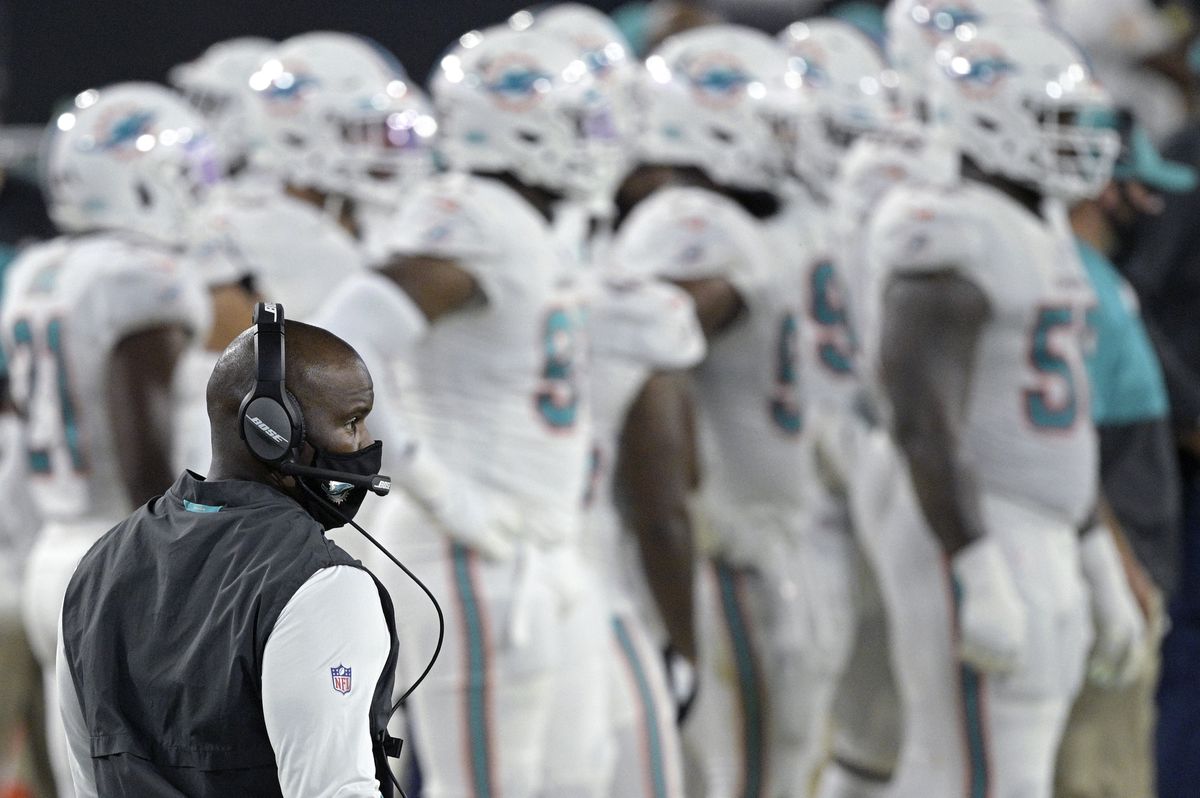
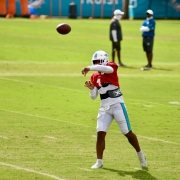
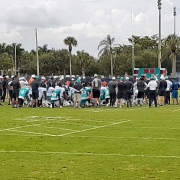
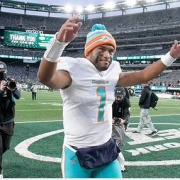
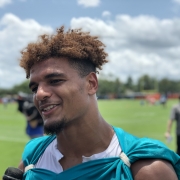

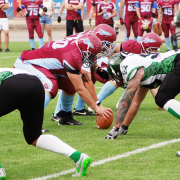


Leave a Reply
Want to join the discussion?Feel free to contribute!